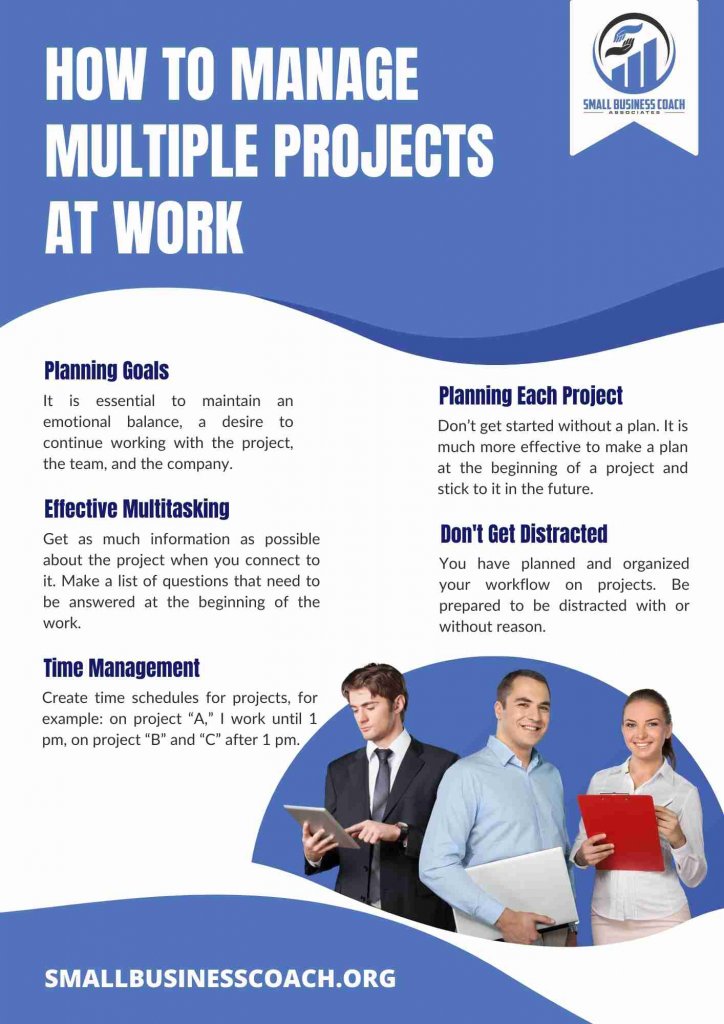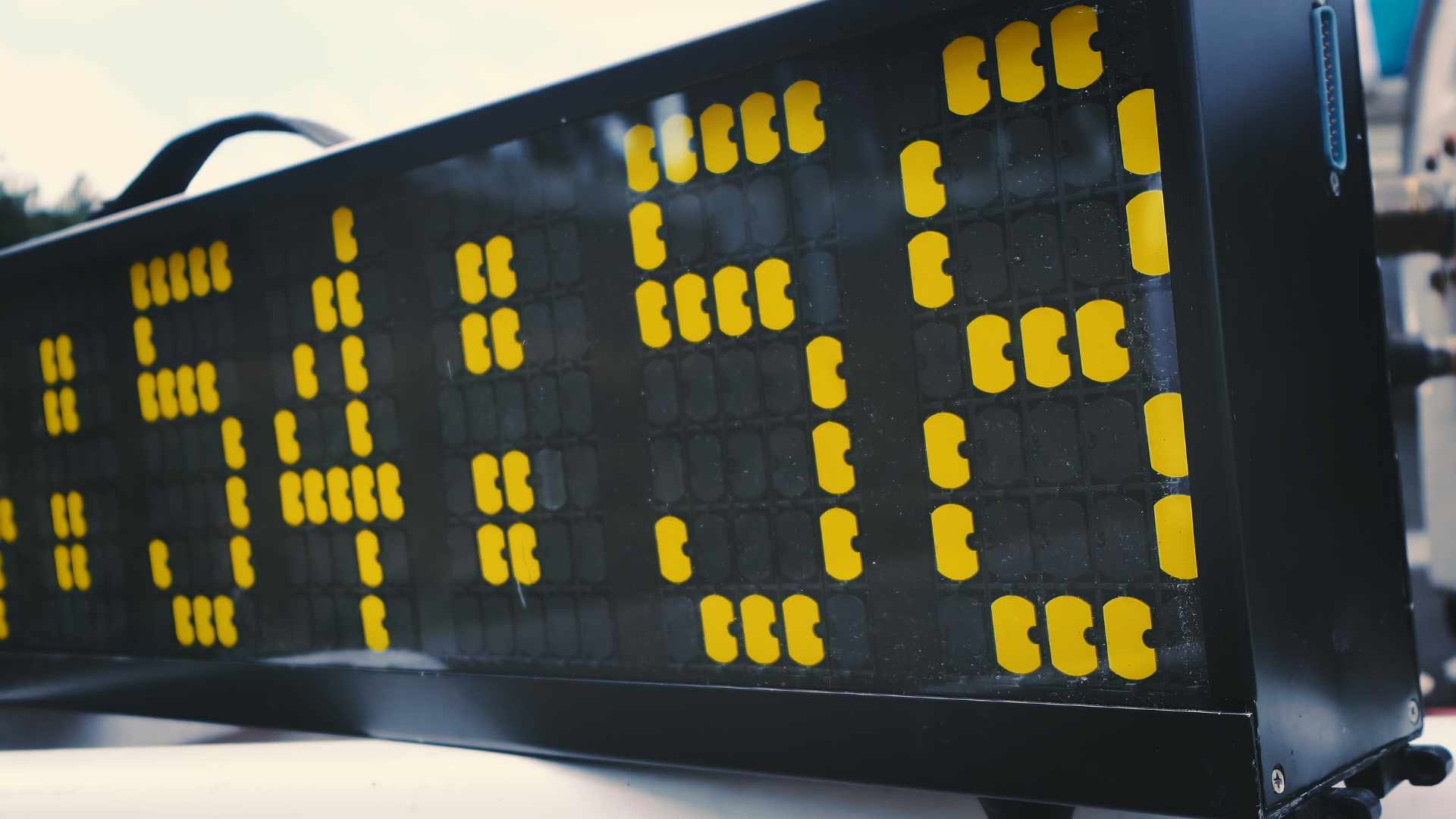VIEW BY TOPIC
- Finding Customers
- Business Systems
- Managing Employees
- Leadership
- Managing Money
Related Posts

Ready to Grow Your Business Fast?
Here’s How I Grew Five Businesses, and Eventually Sold One to a Fortune 500 Company.

Multitasking 101: Effective Strategies to Handle Multiple Projects at Work
Everyone has situations when it is necessary to work and organize the work process correctly. Man is not a computer, and he has no such property as multitasking. With many tasks, we do the first, then the second, then the third, and so on. Many, perhaps, think of themselves as great multitaskers. Still, modern researchers have concluded that the human brain can focus well on only one task. Suppose you engage in another task simultaneously, the likelihood of loss of work quality and making mistakes increases. Let’s see how to debug this very multitasking and remain an adequate person.
How to Manage Multiple Projects at Work
Planning goals
Your main goal is to deliver quality work on time. It is essential to maintain an emotional balance, a desire to continue working with the project, the team, and the company. Working effectively on all projects is well taught in preparation for the PMP certification. Having received quality training, you also positively characterize yourself as a specialist in the company, which further affects the likelihood of working on important and exciting projects, increasing your value. PMP certification will significantly facilitate the work itself and allow you to achieve greater efficiency.
Effective multitasking
Get as much information as possible about the project when you connect to it. Make a list of questions that need to be answered at the beginning of the work. The main principle is to find out everything, if possible: from the project’s name to the minor details. Ask questions, and don’t stop until you get an answer that you understand. If you start getting to know the details of the project after a few weeks of work, it will look odd. If a certain project requires teamwork then make sure to get familiar with the work method of your coworkers. Get to know them better with various team-building activities and once you know them better you can divide work and tasks more easily and efficiently.
Time management
If you are on a part-time project, your team should be aware of this. Create time schedules for projects, for example: on project “A,” I work until 1 pm, on project “B” and “C” after 1 pm. On project “A,” I spend no more than 3 hours a day, and on projects “B” and “C” – no more than 5 hours. Make a plan and stay on schedule. It makes sense for those who are deeply immersed in work and forget about time to set the alarm or make reminders – whoever is comfortable. Read a couple of books on time management. I don’t know the person who was hurt by this.
Planning each project
Don’t get started without a plan. It is much more effective to make a plan at the beginning of a project and stick to it in the future. It can be the main points, and it can be a plan for a week, a month. Everything is individual, what suits and likes you. Ideally, this could be a specific planning tool. In its simplest form – a table by day with columns: the project, the planned time and tasks, the time spent and the result of the work, problem points, etc. Making notes, you can deduce patterns of which assignments are given with ease and which are problematic.
 Remember that there is always something more important, and something can be postponed without loss. Prioritizing is difficult but necessary. By analyzing the current situation, prioritize your tasks. The Pareto principle in its most general form is formulated as follows: 20% of the efforts give 80% of the result, the remaining 80% of the efforts – only 20% of the result. This rule applies to workflows as well. Identify the main and the secondary and start your work with the main.
Remember that there is always something more important, and something can be postponed without loss. Prioritizing is difficult but necessary. By analyzing the current situation, prioritize your tasks. The Pareto principle in its most general form is formulated as follows: 20% of the efforts give 80% of the result, the remaining 80% of the efforts – only 20% of the result. This rule applies to workflows as well. Identify the main and the secondary and start your work with the main.
Don’t get distracted while multitasking

You have planned and organized your workflow on projects. Be prepared to be distracted with or without reason. The transition to another task/project always takes time to rebuild and get involved in work. You not only split your work time into projects but also spend it switching between them. Always try to keep these jumps to a minimum. At the end of the day, after switching several times, it may turn out that you have not completed a single task on any of the projects, and the result from your work is minimal.
All of the above is the experience of professional project managers, and this is just the top of the iceberg. Perhaps, it was not a discovery for you. For someone, that was a straw that will help keep you on the waves of multitasking.












